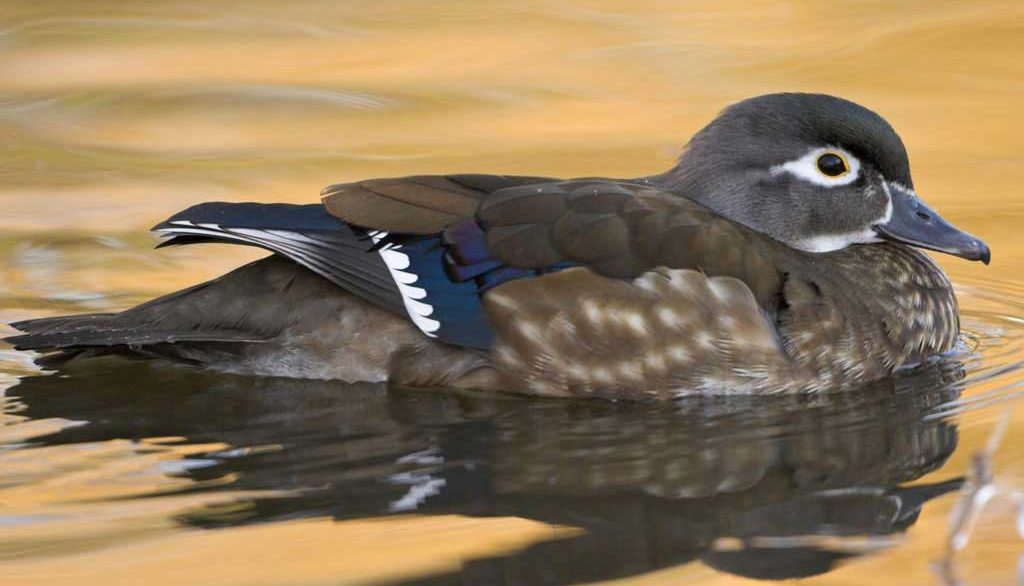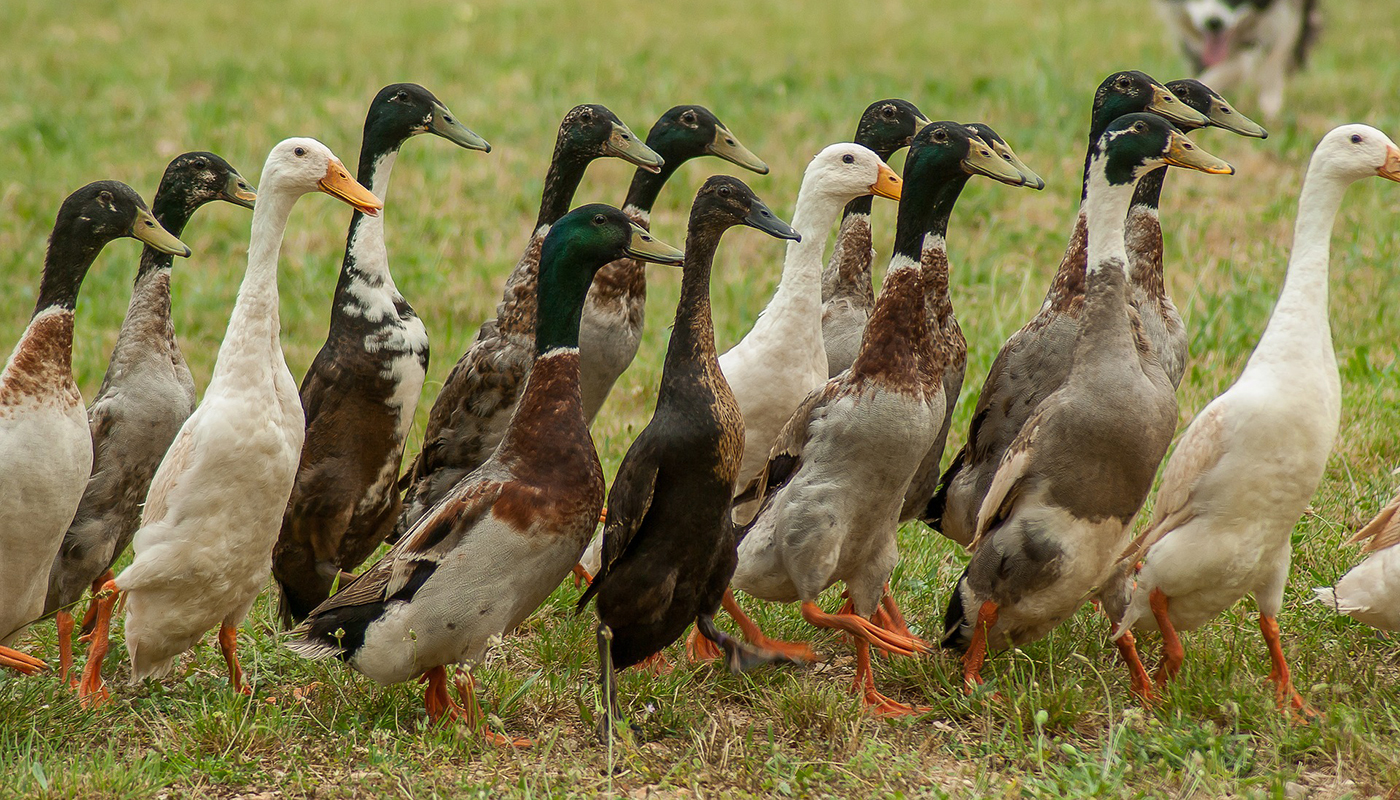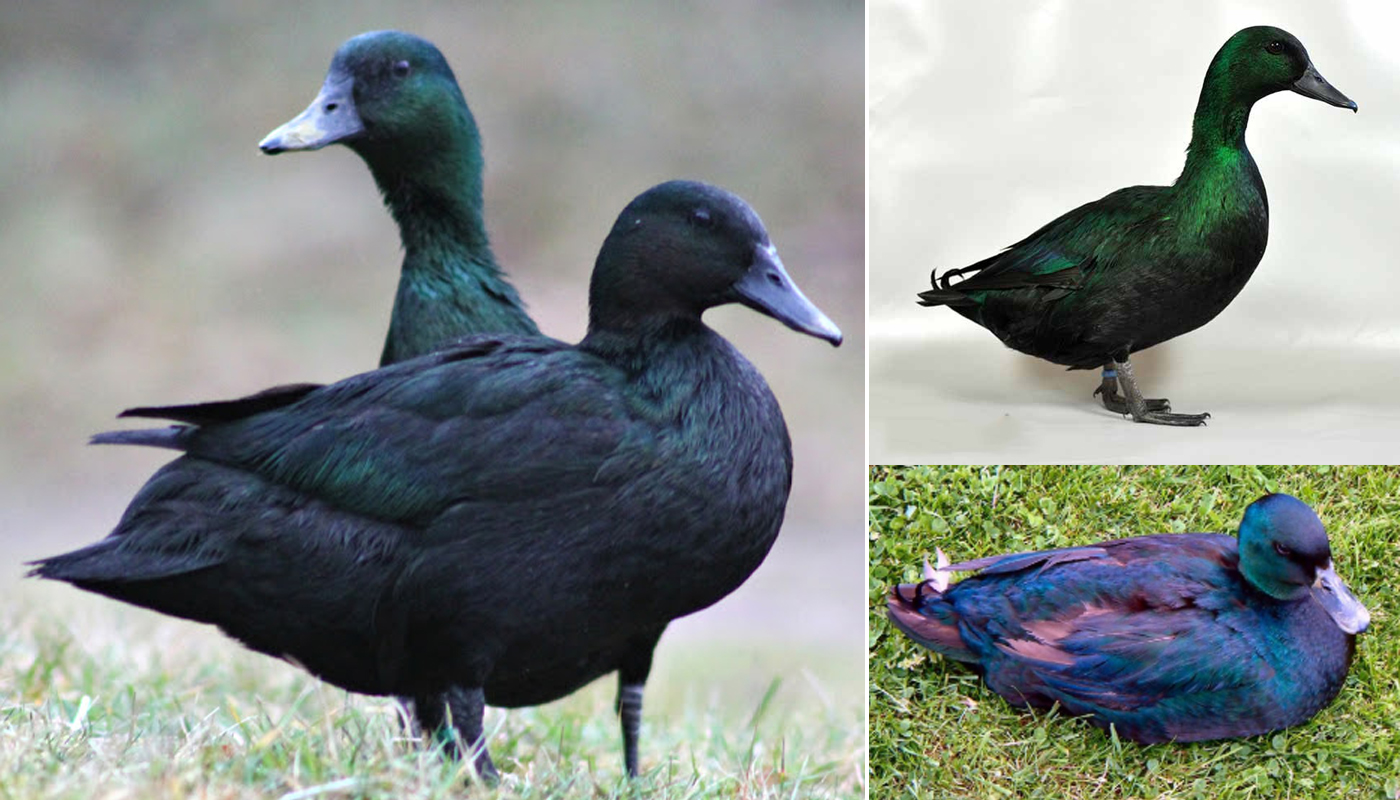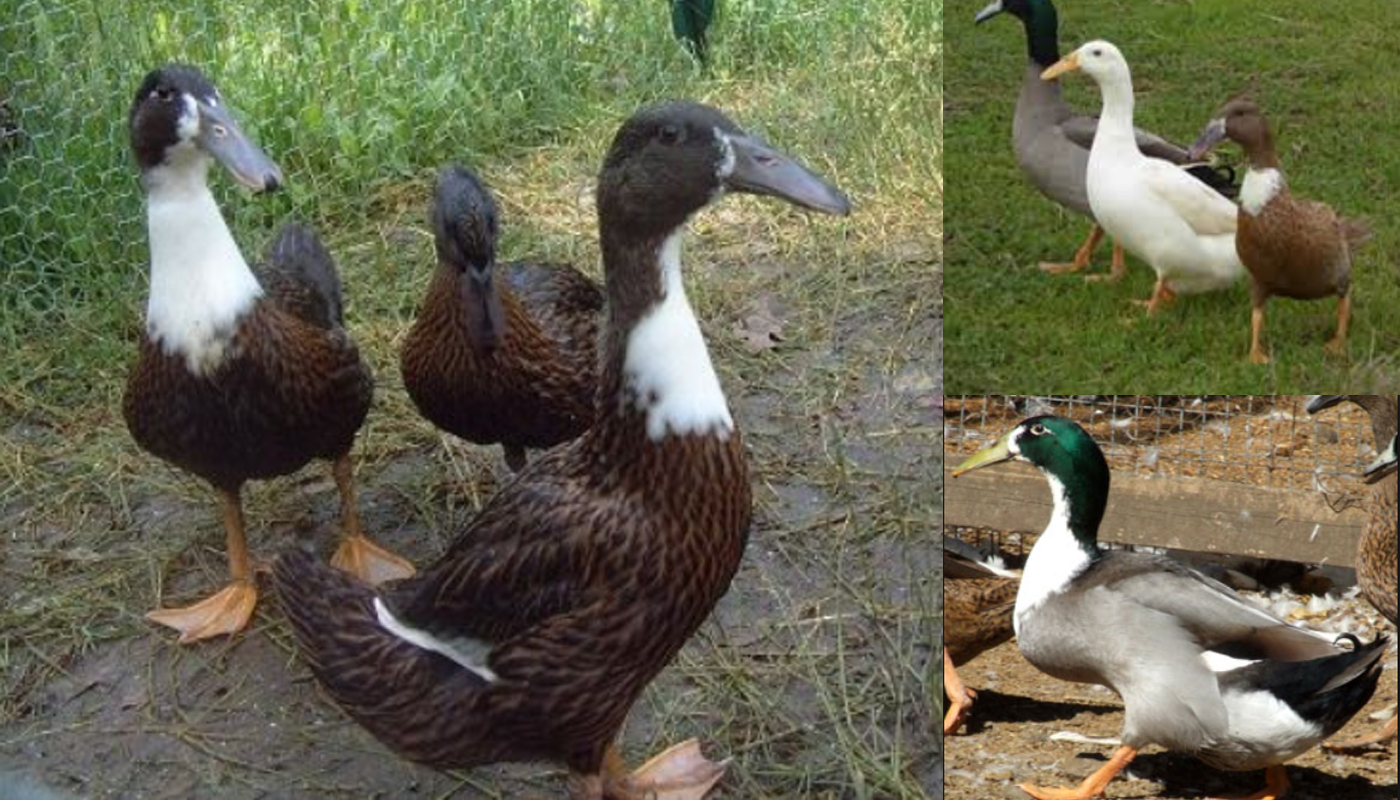
These are one of the most striking duck breeds. The male has an intricate colorful pattern on nearly all of his feathers. Whilst the female is a soft elegant shade of silver gray with a seductive white eyepatch.
Other Names: Pato Joyuyo (Spanish) and Carnard branchu (French)
Found in these parts of the US: Wooded Swamp areas throughout North America
Migratory? They fly north after the breeding season when their young are able to fly
Favorite Habitat: Swamps, freshwater marshes, bottomland forests and beaver ponds
Other Know Habitats: Creeks and rivers
Mating Habits: They nest in tree cavities that are mostly 1 to 3 foot in diameter. They prefer the cavity to be at least 2 to 60 feet high.
Nesting Habitat: Wood ducks cannot make their own tree cavities and usually choose a cavity in the tree where a branch has fallen off leaving the heartwood of the tree to rot.
The nest will either be over or really near to water although they have known to use cavities that are situated about a mile away from the water.
Nest Details: The opening of the cavity can be as small as 4 inches across and the depth may vary depending on the tree.
The female will line the nest with her down feathers from her breast for insulation.
Nesting Information:
Clutch Size
6 – 16 eggs
No. Broods
1-2
Incubation Time Egg Color
28 – 37 days White or creamy white
Hatchlings: They will nest with their mothers for quite a while after they are born.
Once they are all ready about a day after hatching, they will jump out of the nest’s entrance.
Ducklings: The ducks will follow their mother to the water
Characteristics: Wood ducks can reach up to 30 miles per hour when flying. They are not at all territorial and other than a mating spat they hardly fight at all.
Favorite Foods: They have been known to eat food such as acorns and forest nuts when there is not an abundance of aquatic food.
But their favorite is usually arthropods, insects and fruit.
 Pomeranian Duck Breed – Everything You Need to Know
Pomeranian Duck Breed – Everything You Need to Know Muscovy Duck Breed – Everything You Need to Know
Muscovy Duck Breed – Everything You Need to Know Blue-Winged Teal – Wild Dabbling Duck Breed
Blue-Winged Teal – Wild Dabbling Duck Breed Bantam and Miniature Duck Breeds
Bantam and Miniature Duck Breeds Indian Runner Duck Breed – Everything You Need to Know
Indian Runner Duck Breed – Everything You Need to Know East Indie Duck Breed – Everything You Need to Know
East Indie Duck Breed – Everything You Need to Know Crested Duck Breed – Everything You Need to Know
Crested Duck Breed – Everything You Need to Know Australian Spotted Duck Breed – Everything You Need to Know
Australian Spotted Duck Breed – Everything You Need to Know The Best Domestic Duck Breeds for Egg Production
The Best Domestic Duck Breeds for Egg Production Saxony Duck Breed – Everything You Need to Know
Saxony Duck Breed – Everything You Need to Know Pekin Duck Breed – Everything You Need to Know
Pekin Duck Breed – Everything You Need to Know Hookbill Duck Breed – Everything You Need to Know
Hookbill Duck Breed – Everything You Need to Know